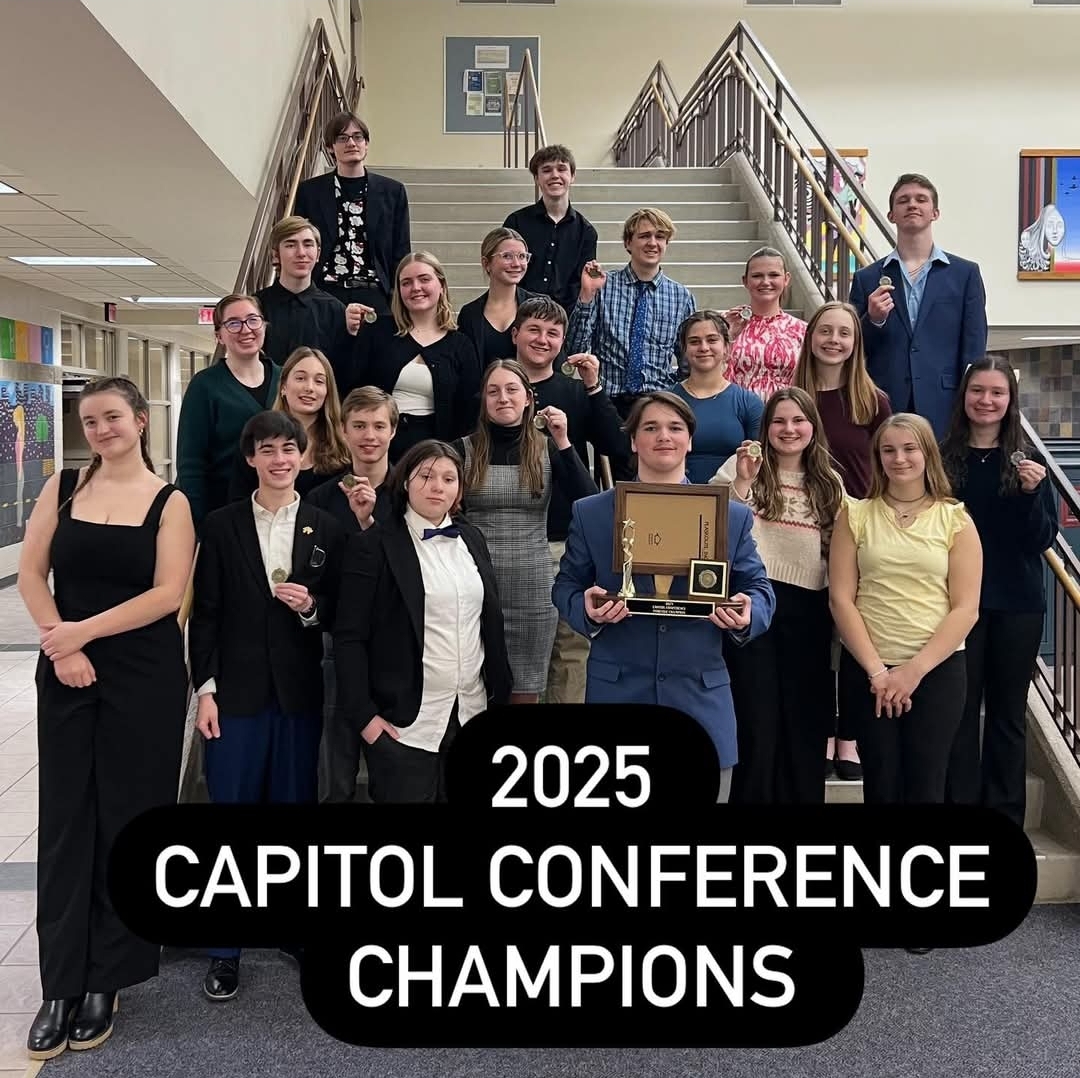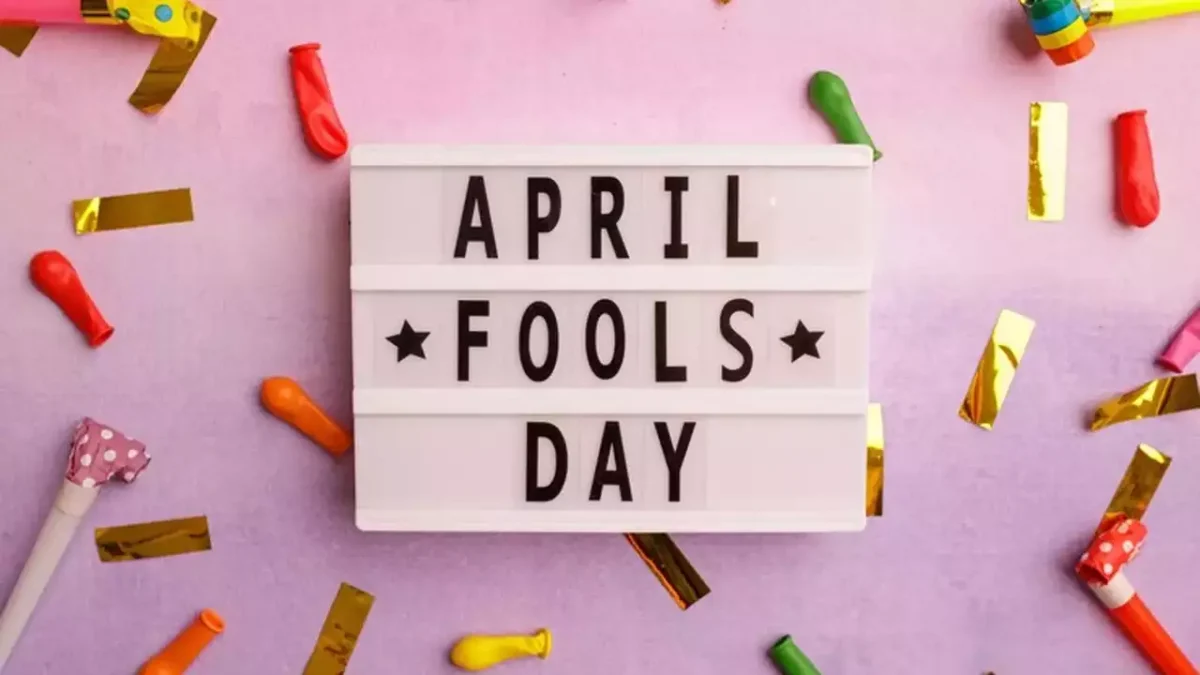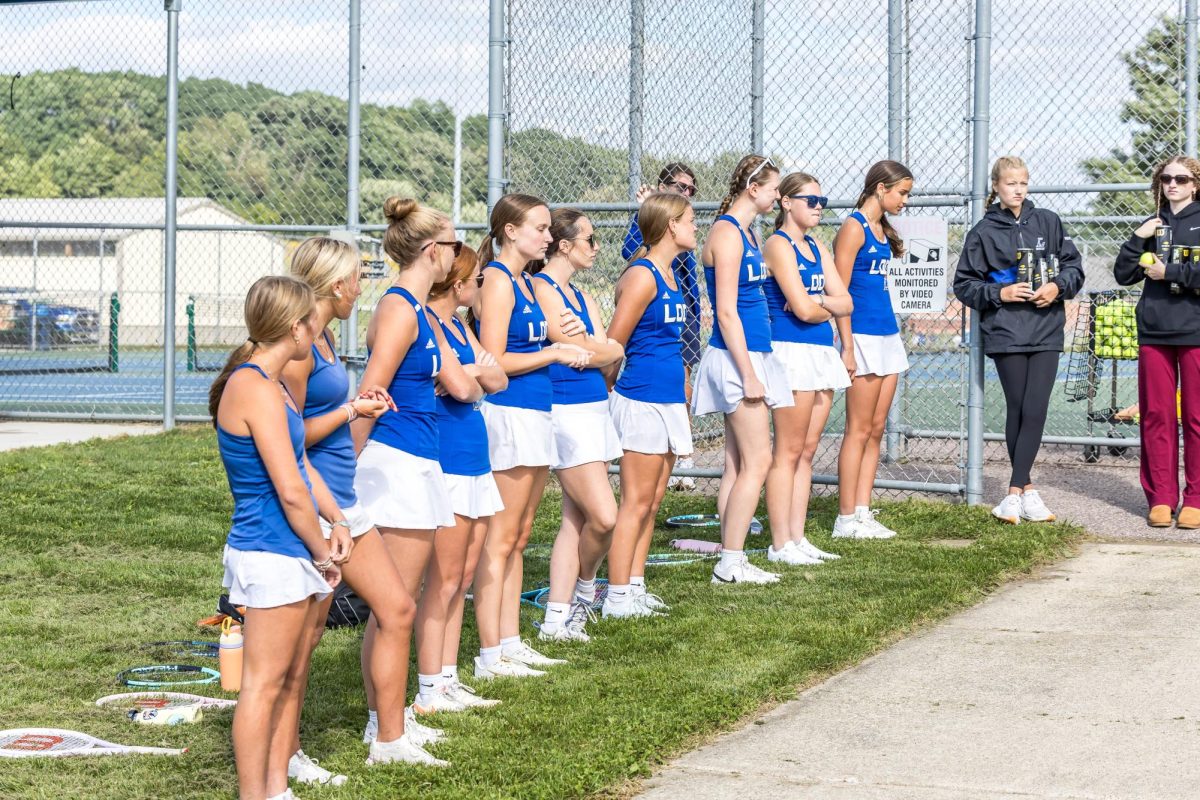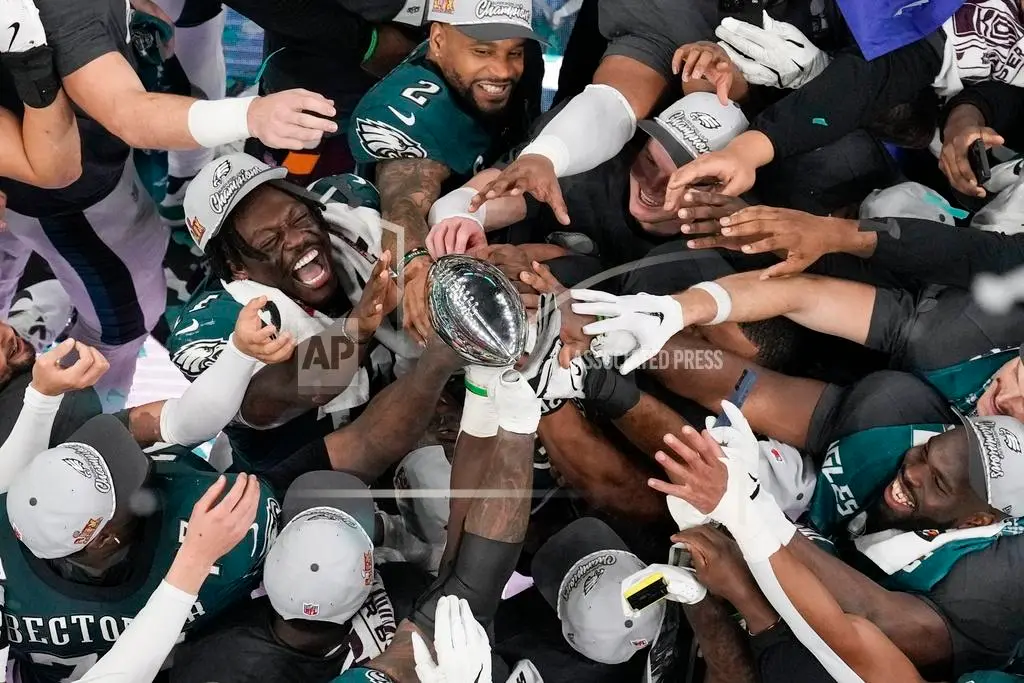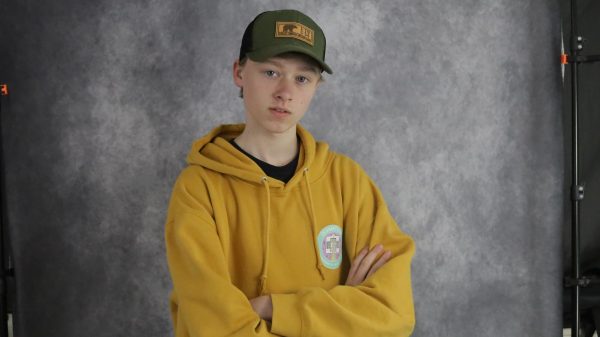Roughly one year ago, I wrote an article about AI art and its impact on the art community. Since then, AI has become much more advanced, so let’s take another look at it with our updated perspective. We’ll cover its effects on art and artists and how to fight back.
For context, Harvard University defines generative AI as “a type of artificial intelligence that can learn from and mimic large amounts of data to create content such as text, images, music, videos, code, and more, based on inputs or prompts.” But for this article, we’ll be focusing on AI-generated images.
Recently, an artist named Hollie Mengert became the target of AI’s theft. Hollie is an artist who makes stylized, cartoonish illustrations with vibrant colors and sharp angles. One day she noticed that someone on the site Reddit had made an AI that was fed using almost exclusively her works. Hollie had no idea this was happening; no one had informed her or asked for her permission. The AI churned out dozens of images that resembled Hollie’s style but with clear mistakes. AI supporters may say that this doesn’t harm Hollie Mengert, but now, when you search her name, many of these pictures appear, and to the untrained eye it may just look like mistakes by the artist’s fault. This could cause her to lose commissions, directly affecting her job and life. LSH art teacher Mrs. Robarge had this to say about AI advancement: “I hope that we the people use it responsibly and respectfully and don’t let it completely take over. ESPECIALLY in the art world.”
As AI advances, defensive techniques used by the art community also advance. A little under a year ago, the website Nightshade had popped up. Nightshade is a filter you can digitally put on a piece of your art; this effectively “poisons” it. While the human eye may see a drawing of a cat, the AI that steals it might see something like a house, so now when that AI tries creating pictures of cats, it may start adding chimneys and windows. Ironically, though, using Nightshade and other “AI poisons” may cause AI detectors to incorrectly flag your work, so I don’t suggest using it if you’re planning on submitting your art to any contests. Funny enough, AI has infiltrated so much of Google’s search results that it has started taking generated images and using them to generate more pictures; this possibly could cause AI to fall into a spiral of worse and worse images until everything trained on the internet is just a mess of AI-generated slop. So who knows, maybe AI will end up being the cause of its own demise.
To conclude, I’ve shown you the effect that AI has on the art community through the story of Hollie Mengert and how to defend yourself against its theft with sites like Nightshade. Now, I hope you can head back to the internet feeling a little more informed and protected. I’d like to end my argument with a quote. When asked about AI, LHS art teacher Mr. Dailey had this to say: “I think it’s a great tool, but it shouldn’t replace human creativity.”

